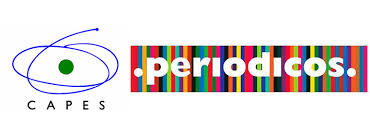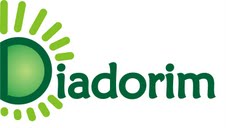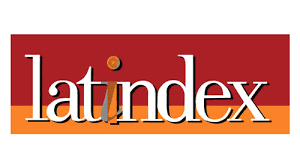TOPOLOGY OPTIMIZATION AND A NEW APPROACH FOR CREATING CAVITIES
DOI:
https://doi.org/10.26512/ripe.v2i28.14458Abstract
Abstract. This paper deals with applications in topological optimization problems via
numerical technique SESO - Smooth ESO. In particular, non-trivial problems of specificÂ
projects of two-dimensional elastic structures are simulated. These problems have different characteristics and are also treated with different approaches in this work. A restriction called Nibbling allows the SESO technique performing changes in shape / perimeter of the structure topology. Such constraint technique has been implemented and coupled into the optimization process in order to control inappropriate creation of cavities in extended fixed domain. The influence of the number of cavities, created in that domain due to the variation of the insertion rate of cavities called TIC, is discussed. In addition, the technique of topology optimization SESO has been extended to consider regions as non-design domain. Classic examples of topological optimization are presented and proving the efficiency of SESO technique and of new implementations described in this paper.
Keywords: Topology optimization, Smooth Evolutionary Structural Optimization, Nibbling
Downloads
Downloads
Published
How to Cite
Issue
Section
License
Given the public access policy of the journal, the use of the published texts is free, with the obligation of recognizing the original authorship and the first publication in this journal. The authors of the published contributions are entirely and exclusively responsible for their contents.
1. The authors authorize the publication of the article in this journal.
2. The authors guarantee that the contribution is original, and take full responsibility for its content in case of impugnation by third parties.
3. The authors guarantee that the contribution is not under evaluation in another journal.
4. The authors keep the copyright and convey to the journal the right of first publication, the work being licensed under a Creative Commons Attribution License-BY.
5. The authors are allowed and stimulated to publicize and distribute their work on-line after the publication in the journal.
6. The authors of the approved works authorize the journal to distribute their content, after publication, for reproduction in content indexes, virtual libraries and similars.
7. The editors reserve the right to make adjustments to the text and to adequate the article to the editorial rules of the journal.









